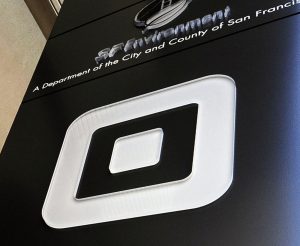
Los Angeles, USA, Dec 21 (EFE).- Uber announced on Wednesday that it has suspended its pilot experience with autonomous vehicles (without a driver) in San Francisco, after California regulators canceled the registration of these vehicles amongst controversy whether or not the company had the necessary permission to launch this program.
“We have stopped our stand-alone vehicle pilot program in California as the California Department of Motor Vehicles (DMV) revoked the registration of our cars without driver,” Uber said in a statement.
They added that they are now looking to where they can relocate these vehicles, but underscored their commitment to California and that they will “redouble” their efforts to develop state laws that they can operate on.
Uber on December 14 started to use Volvo XC90 unleaded vehicles in San Francisco, trying to expand their pilot program they originally started in September in the US city of Pittsburg.
Hours later, the California DMV requested from Uber in writing to stop the San Francisco program until it got the required permit because, according to Brian G. Soublet, the deputy director of this agency, it is illegal to use autonomous vehicles on San Francisco roads without authorization.
“If Uber had obtained a permit to test driverless vehicles before today, the company’s launch would have been admissible,” Soublet argued, warning that the DMV would initiate “legal actions” if the company did not confirm “immediately” that it would cease operations.

At its premiere in the Californian city, at least one of Uber’s vehicles committed a traffic violation by skipping a traffic light which was still about three seconds on red while a pedestrian crossed the pedestrian crossing, according to a video recorded by a Licensed taxi in the city.
Uber admitted the infraction which it described as “human error” blaming the driver who is still behind the wheel but supposedly for emergencies only.
Before receiving the letter from the DMV, Uber had argued in a statement that, after studying “this matter in detail”, it considered that it does not need a permission to operate autonomous vehicles in the streets of San Francisco.
“The rules apply to vehicles that can drive without someone controlling or monitoring them,” Uber said.
“We are in the beginning and our vehicles are still not ready to drive without a person watching them,” the company added.
The Uber program vehicles have a person behind the wheel who only intervenes in driving the car if the technology did not respond to traffic circumstances.
A second engineer from Uber was traveling in the front passenger seat to control the test program.
